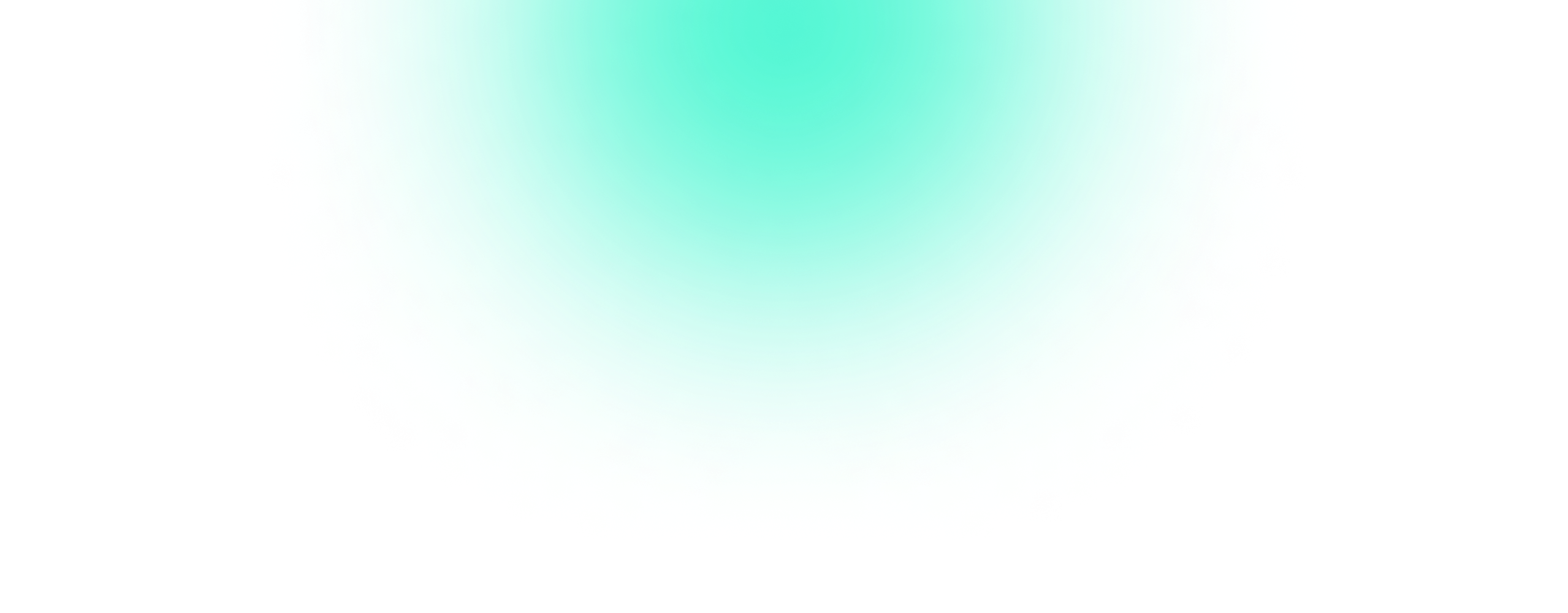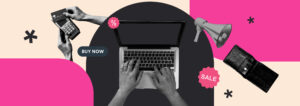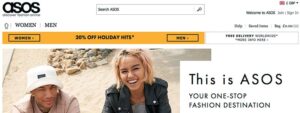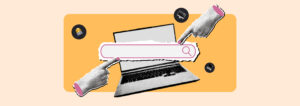Websites Are More Than An Online Salesman
When we think of a business trying to sell us something, we might think of the car salesman we dealt with who swaggered up to us in the showroom and tried to upsell us everything from the additional tech features to a “Comfort Package.” Or we might think of business owners at a marketplace, who calmly stand there whilst we browse their produce and then feel guilty when we awkwardly walk away without buying anything.
But do we think of websites?
Just because you’re not face-to-face with a human when you’re browsing a website, it doesn’t mean that you’ve escaped the clutches of the sales techniques. But these techniques are less related to that of the care salesman or market owner and instead leverage more psychological techniques to entice you onto the site, through their products and then eventually to the checkout.








